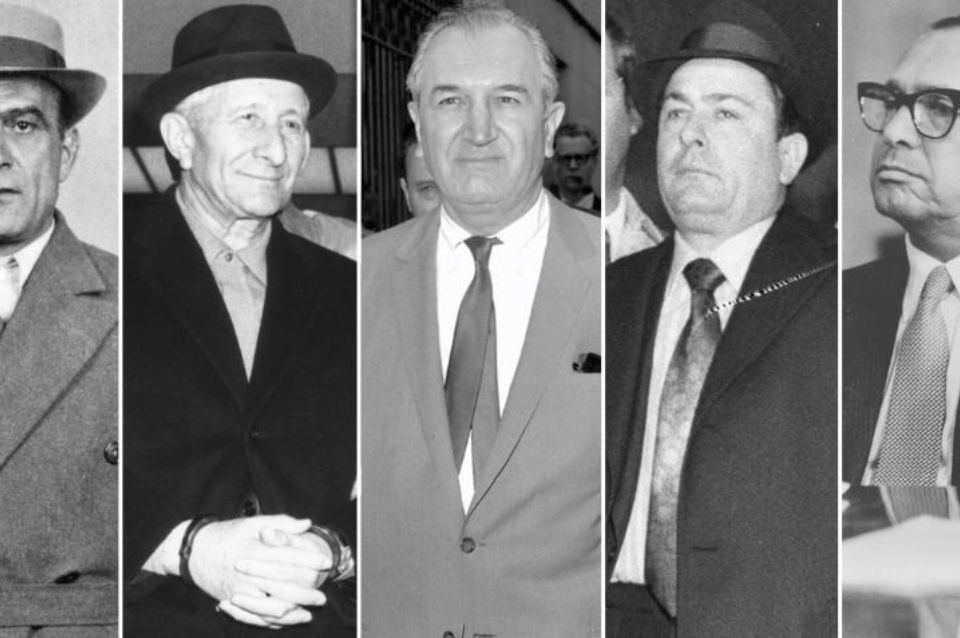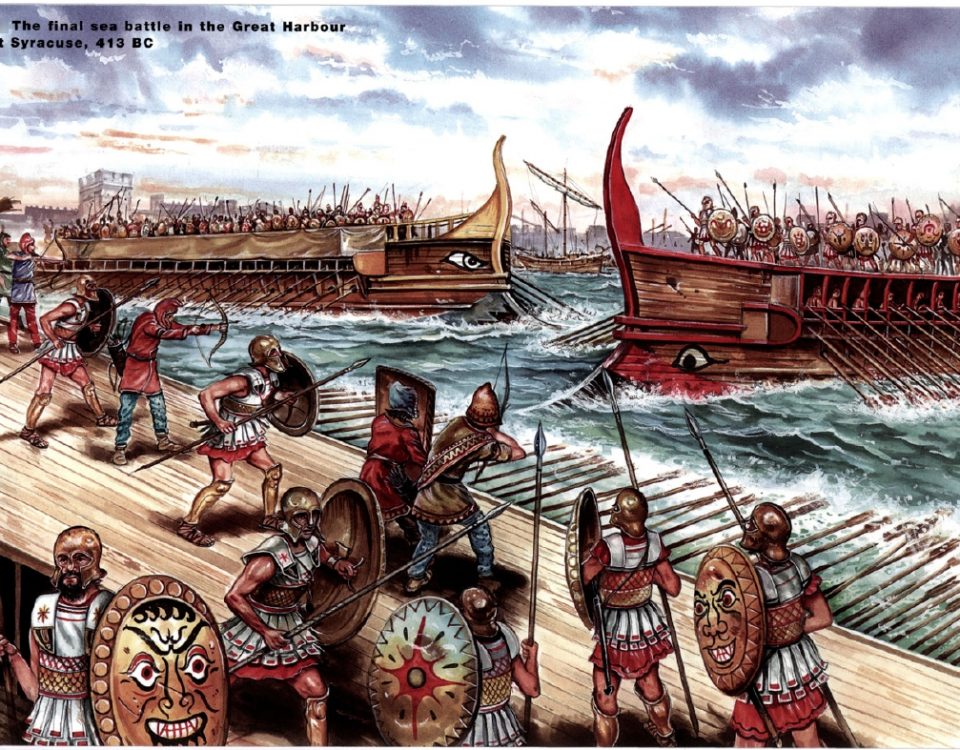
20 of the Worst Aircraft Designs of All Time?
February 22, 2024
History of the Digital Age – Part 2: The Transistor, Microchips, and the Dawn of the Internet – A Timeline (1936-2000)
March 15, 2024Origins of the Digital Age – Part 1: Mechanical Clocks, Electricity, and Radio – A Timeline (2700 BCE – 1936)
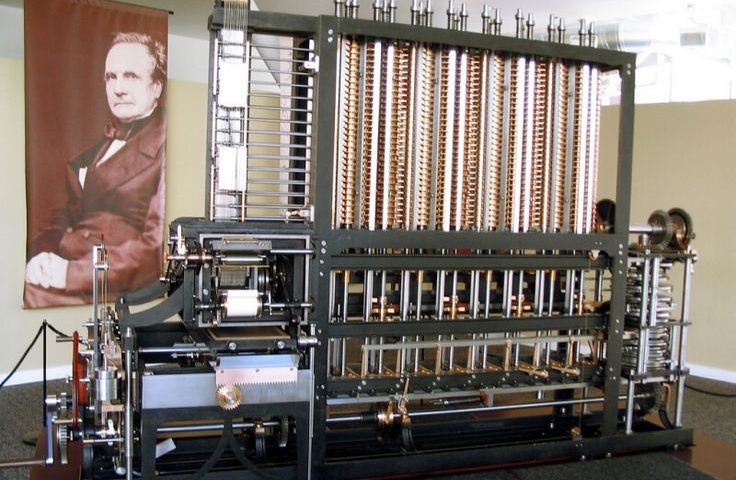
“Any sufficiently advanced technology is indistinguishable from magic.” – Arthur C. Clarke
As we approach the coming “Technological Singularity”, with the advent of Quantum Computing and the Rise of Artificial Intelligence on the horizon, I often wonder what it must have been like before and after the turn of the 20th Century – when the Industrial Revolution gave rise to an era of technological progress that had never been seen before in the history of mankind. Thanks to brilliant inventors like Nikola Tesla and Alan Turing, we now live in an age of miracles! With revolutionary advances like the internet, GPS, and smart phones, it can be easy to overlook just how far we’ve come in a short period of time, but you may not realize that so many of the technologies that we now take for granted were built on centuries of innovation.
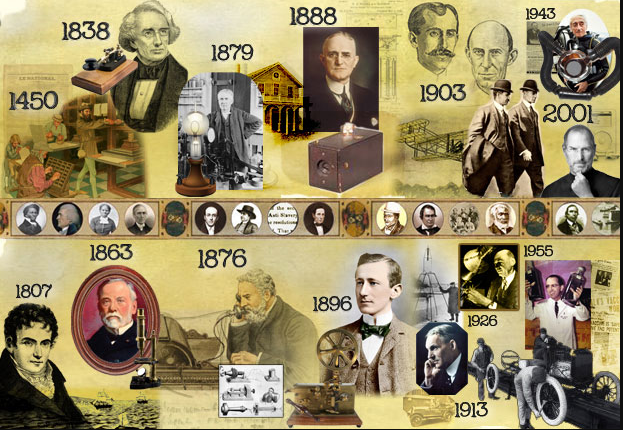
The following is a timeline of the inventions that paved the way for the invention of the world’s first computer…
2700 BCE
The Abacus debuts on the scene somewhere in Mesopotamia, blowing everyone’s freaking minds! More than four thousand years before calculators were invented, this handy device helped people keep track of big numbers and do some quick math problems without needing to write everything out.

178 BCE
In 1901, archeologists discovered an ancient artifact in the Aegean Sea that defied all explanation – a “mechanical computer” from Ancient Greece! Carbon dating of the wreckage indicates that the ship sank around 178 BCE!
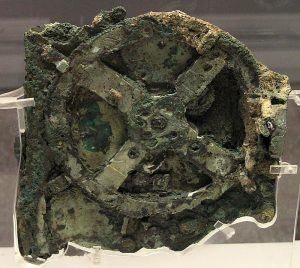
The real “Dial of Destiny”
The Antikythera mechanism was basically a complex astrological calculator, centuries ahead of its time. It’s suspected that it may have been invented by Archimedes, the brilliant Greek mathematician and astronomer! This ancient device is still somewhat of a mystery, because it was widely believed that gears weren’t invented till much later. It also inspired the plot of “Indiana Jones and the Dial of Destiny”!
1041 CE
The first movable type process is invented in Song Dynasty China by Bi Sheng. (Took long enough!)
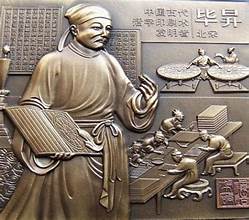
1092
Chinese astronomer, Chang Ssu-Hsün invents the “Cosmic Engine” – a massive water-powered mechanical astronomical clock! Unlike most ‘water clocks’ this one wasn’t meant to keep track of time on Earth, but to map the movement of celestial bodies in the night sky!


1410
The Prague Astronomical Clock Tower is constructed – in what was known as “the Kingdom of Bohemia” (now the Czech Republic). This gorgeous piece of engineering and architecture is *still* the oldest functioning clock in the world today!

1440
The first printing press is created by Johannes Gutenberg in the Holy Roman Empire.

The invention of the printing press helped to kick start the Age of Enlightenment with the Italian Renaissance!
15th Century
The earliest mass-produced spring-driven mechanical clocks are created in Germany!

1495
Leonardo da Vinci invents the “Mechanical Knight” – a humanoid automaton based on German-Italian Medieval armor. Basically a prototype robot (400 years before the word ‘robot’) operated by a pully system!

(Click here for more on Da Vinci’s “Flying Machines”!)
1697
Gottfried Wilhelm Leibniz was the first to come up with Binary Code, used today for the basis of all Digital Technology!

1712
The first commercially successful Steam Engine is created by Thomas Newcomen, kicking off the Industrial Revolution!
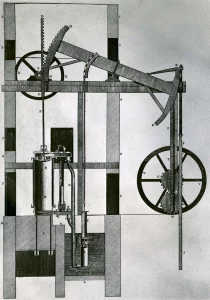
1752
Although there were a number of prior experiments with static electricity, it was Benjamin Franklin who first managed to ‘harness’ lightning and furthered our knowledge on how electrical discharges works. During his famous experiment in Philadelphia, Ben attached a key to a kite and then went out into a freaking rain storm to try and catch a lightning bolt in a Leyden jar! (think early 18th century capacitors) After quickly learning how dangerous holding a lighting rod was, Ben and his son decided they didn’t want to be smited, so tied the kite down and ran for cover in a nearby shed! His experiments proved once and for all that lightning and electricity were one in the same.
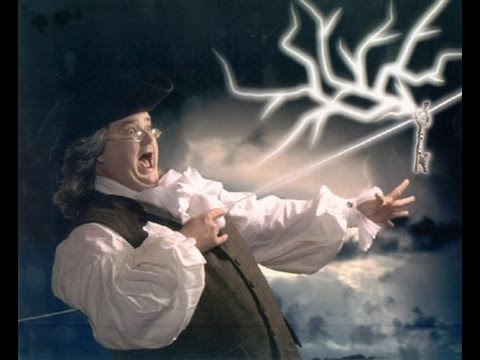
1780
Italian scientist buddies Luigi Galvani and Alessandro Volta teamed up to create the world’s first battery!
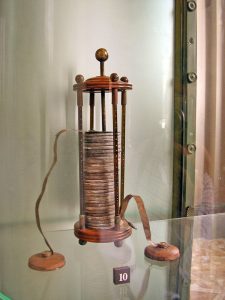
1801
Thomas Young performs the first ‘Double-Slit Experiment’. – which demonstrates the wave/particle duality of light (and later electrons). Although string theory hadn’t yet been invented/discovered, this experiment forms the basis for the theory that consciousness affects reality on a quantum level…
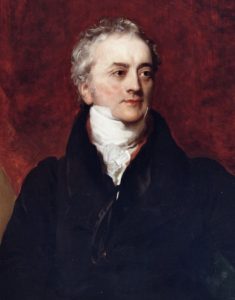
1818
Mary Shelley’s “Frankenstein” – the original Science Fiction novel, often cited today as a metaphor for the potential dangers of AI…
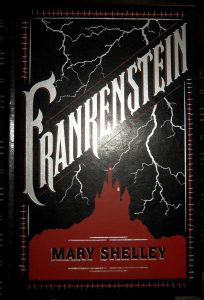
1825
British inventor, William Sturgeon figured out how to make the world’s first electromagnet!

1831
Michael Faraday creates *both* the Dynamo and Electric Motor! Faraday was one of the first scientists who figured out the connection between Electricity and Magnetism. The ‘Faraday Cage’ is named after him. Faraday’s work led to James Clerk Maxwell’s ‘dynamical theory of the electromagnetic field’ in 1864 and the discovery of ‘induction’ by Edwin Houston in 1871.
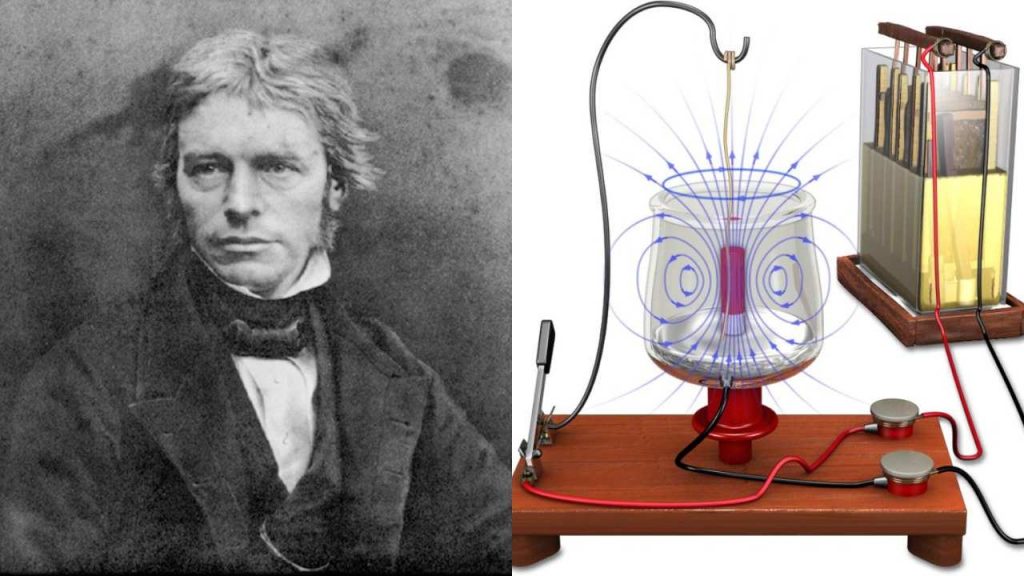
1835
Samuel Morse created the Electric Telegraph! He also figured out Morse Code (named after himself naturally) and actually managed to explain it to people in a way that didn’t make him sound completely insane. The first news announcement transmitted was the Whig Party’s nomination of Henry Clay!
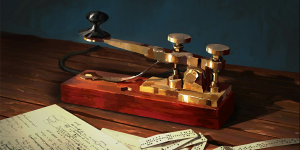
1837
The first (theoretical) Steam-Powered “Mechanical Calculators” were created (on paper) by Charles Babbage, known today as “The Father of the Computer”!
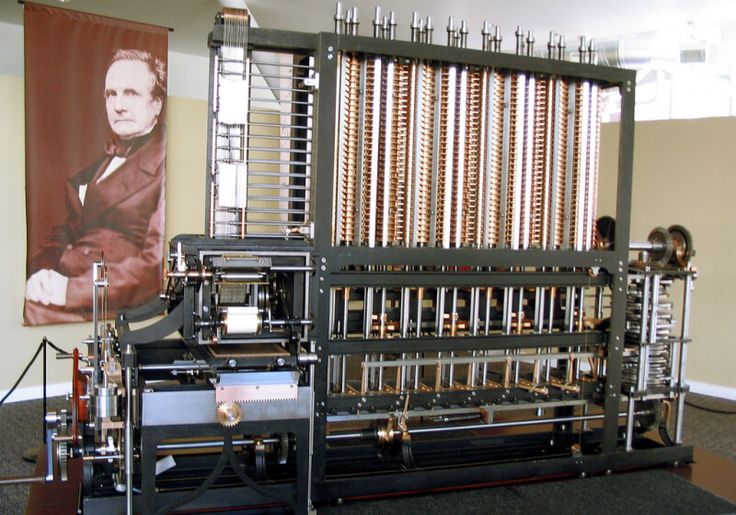
Babbage’s ‘Difference Engine’ could automatically compute and print mathematical tables, while his ‘Analytical Engine’ was an early programmable mechanical device that would use a punch card system! His designs were literally the first major step towards modern computers. His designs were too large and sophisticated to be built within his lifetime, but went on to inspire the creation of both the calculator and what would develop into the earliest computers, a hundred years later!
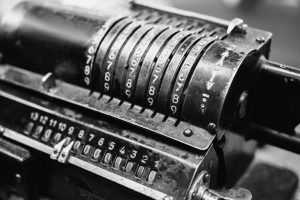
He once said: “As soon as an Analytical Engine exists, it will necessarily guide the future course of the science.”
1843
Victorian Countess, Ada Lovelace becomes the world’s first computer programmer (a good hundred years *before* digital computers!) after translating Babbage’s notes and creating the first theoretical algorithm. Babbage once called her the ‘Enchantress of Numbers’!
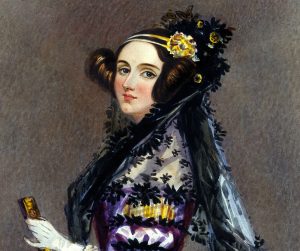
1847
George Boole published a paper The Mathematical Analysis of Logic which is today known as Boolean Algebra and is the basis for all computer programming languages.
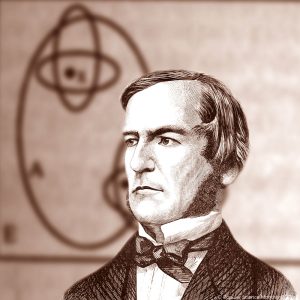
1851
Thomas de Colmar invents the first successful mass produced Mechanical Calculator in France: The Arithmometer!

1869
Cathode Ray Tubes discovered by Johann Hittorf, leading to the (accidental) discovery of X-Rays by Wilhelm Röntgen in 1895, and eventually making TV possible!

1872
Samuel Butler writes “Erewhon” – A satirical novel – one of the earliest examples of a dystopian future brought about by Artificial Intelligence, and explores the ideas of *both* Machine Consciousness and Self-Replicating Machines, well before computers, robotics, AI, and nano-technology were a reality!

1873
The Remington Type Writer is created by Christopher Sholes!
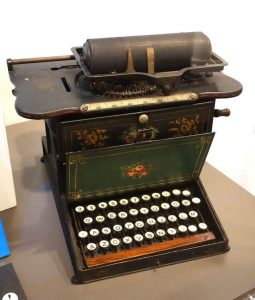
I want one.
1874
The world’s first Semiconductor is discovered by German physicist Karl Ferdinand Braun, when he invents the Diode!
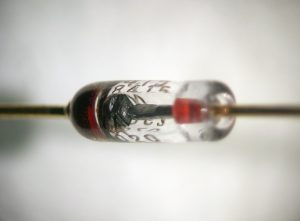
1876
Alexander Graham Bell invents the Telephone, although this is disputed by legal claims that Elisha Gray actually patented the prototype first… (awkward)

Alexander Graham Bell makes the first prank call.
1879
Thomas Edison essentially steals the idea of the Incandescent Light Bulb and takes all the credit for something his company did. When asked about all the repeated failures, he responded, “I have not failed. I’ve just found 10,000 ways that won’t work.”
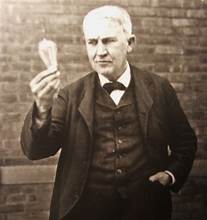
For all his faults, Edison was responsible for a whopping 1,093 patents in his life, including: The Phonograph, the Automatic Telegraph, the Carbon Telephone Transmitter, the Alkaline Storage Battery, and the Kinetograph – the predecessor of the celluloid movie camera! The Edison Electric Company became GE (General Electric) in 1892.
1886
William Stanley Jr. invents the first Transformer!

Wait, not that kind of Transformer…
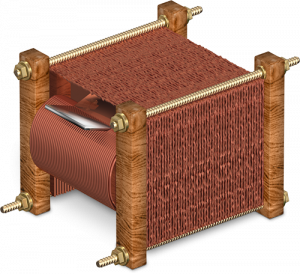
This one ^
1887
Radio waves are discovered by German physicist, Heinrich Hertz, as a result of electromagnetism!
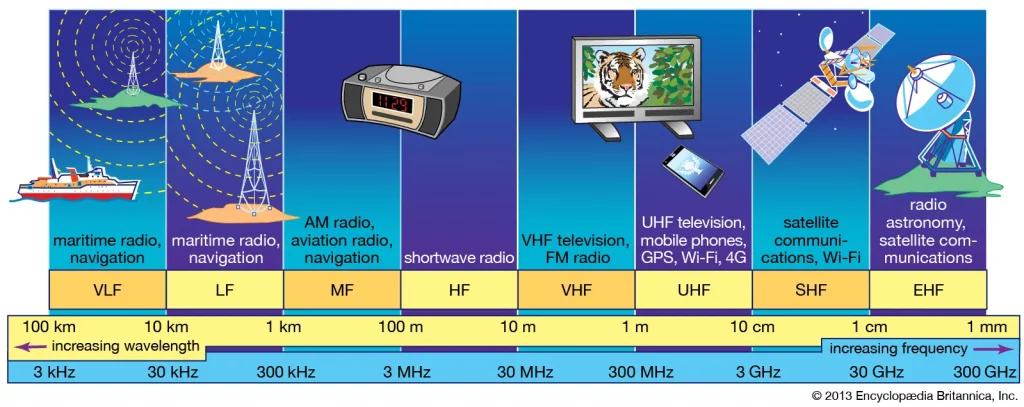
1888
During the “War of the Currents”, Nikola Tesla, the Serbian-born inventor, engineer, scientist, and futurist extraordinaire creates the first three-phase Induction Motor, making Westinghouse’s AC current (Alternating Current) viable – which we still use today because it was far more efficient than Edison’s DC current (Direct Current).
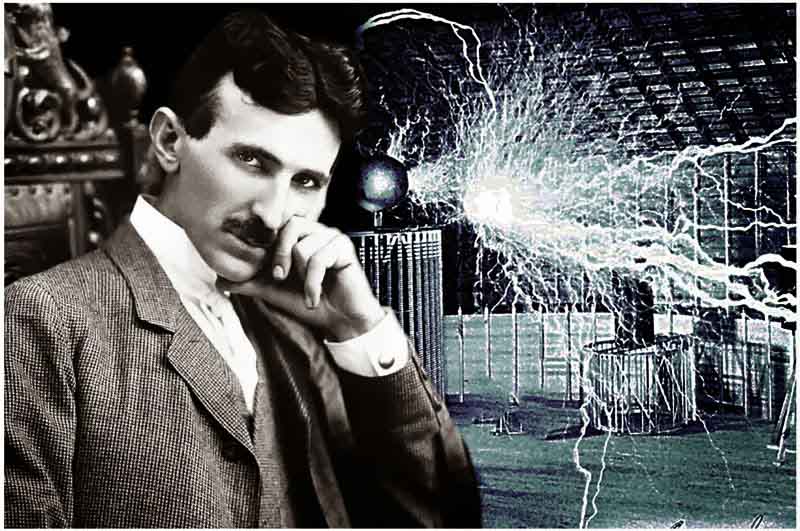
Tesla was an extraordinary genius and visionary, who not only predicted several technologies (including wireless technology and the internet!), but created over 300 patents, across 5 different continents! After leaving Edison’s company and starting his own, Nikola created: the Tesla Coil, the Magnifying Transmitter, a turbine-styled combustion engine, the induction motor, hydro-electric power plants, a radio-controlled boat, and even neon signs!
Tesla also invented the “Shadowgraph” (similar to the X-Ray machine), which he attempted to take Mark Twain’s photo with the device, but it only picked up a screw on the camera’s lens. Unfortunately, this device was one of many that was later lost in a lab fire, including an early radio transmitter. There were even rumors that he’d developed some kind of particle beam “Death Ray”! In fact, right after Tesla’s death in his New York hotel room in 1943, the FBI immediately swept in and confiscated ALL of his files, specifically information on his alleged weapon…
1894
The first Crystal Radio is invented by Jagadish Chandra Bose, during his micro-wave optics experiments, one of the earliest prototypes of what would become the Radio receiver!
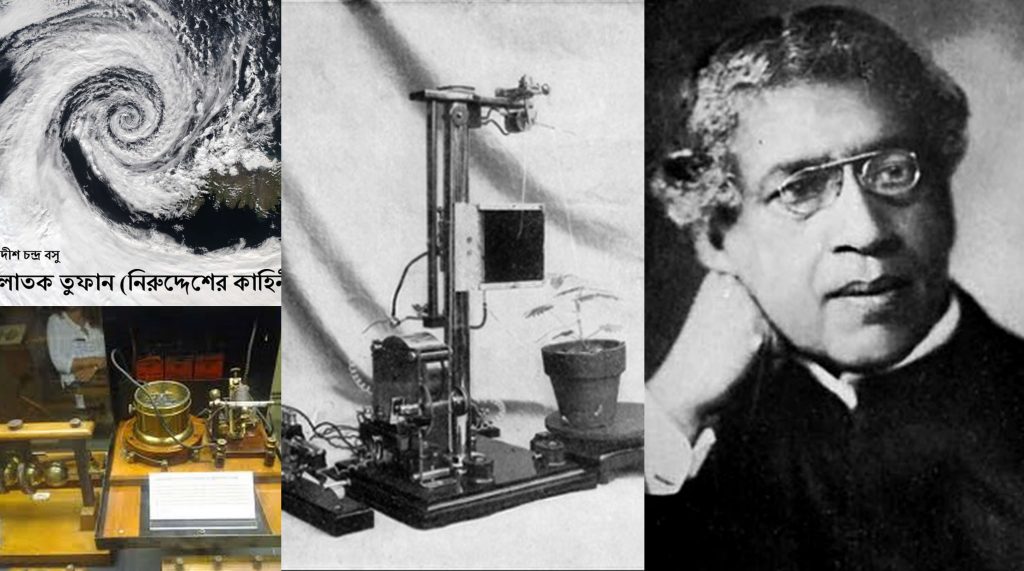
1895
Radio waves are harnessed by Italian inventor, Guglielmo Marconi, using Tesla’s oscillator to transmit Morse code.
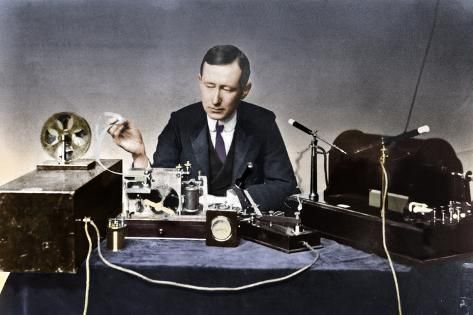
1903
The Wright Brothers take flight in the world’s first airplane!

For more on that, check out my book, “EPIC FAILS – The Wright Brothers: Nose-Diving Into History”!
1906-1912
Lee de Forest, a Yale graduate with a PhD in physics (and a distant relative of mine) invents the Audion Tube (a thermionic grid-triode vacuum tube) in 1906 – making AM Radio possible, before giving the world’s first public radio broadcast in 1910, and in 1912 demonstrated that it could be used to transmit long-distance communication, earning him the moniker, “the Father of Radio”!

Lee was a brilliant inventor, but also had a lot of bad luck throughout his life. After being defrauded by his business partners (twice!), his ventures were failing, so he sold his patents to AT&T (The American Telephone and Telegraph Company). He also invented ‘Phonofilm’ – the technology that made movies with sound possible in 1920, but Hollywood wasn’t interested until 1927, when they basically ripped off his idea when creating the first ‘talkie’, “The Jazz Singer”.
Fun side note: In 1916, Lee de Forest *incorrectly* reported that Charles E. Hughes had defeated Woodrow Wilson in the Election of 1916, and in 1924 recorded a video of President Calvin Coolidge giving a speech about taxes in 1924! (click here for that!)
1908
Henry Ford’s Model T Automobile becomes the first assembly-line made car!

1921
A Czech play, “Rossum’s Universal Robots” by Karel Capek, is the first appearance of the term “Robot” – meaning ‘forced labor’. The play ends with the robotic slaves overthrowing and killing their human creators…

1927
Fritz Lang’s 1927 German Silent Film, “Metropolis” debuts, giving us some of the most iconic robot imagery in early science fiction!
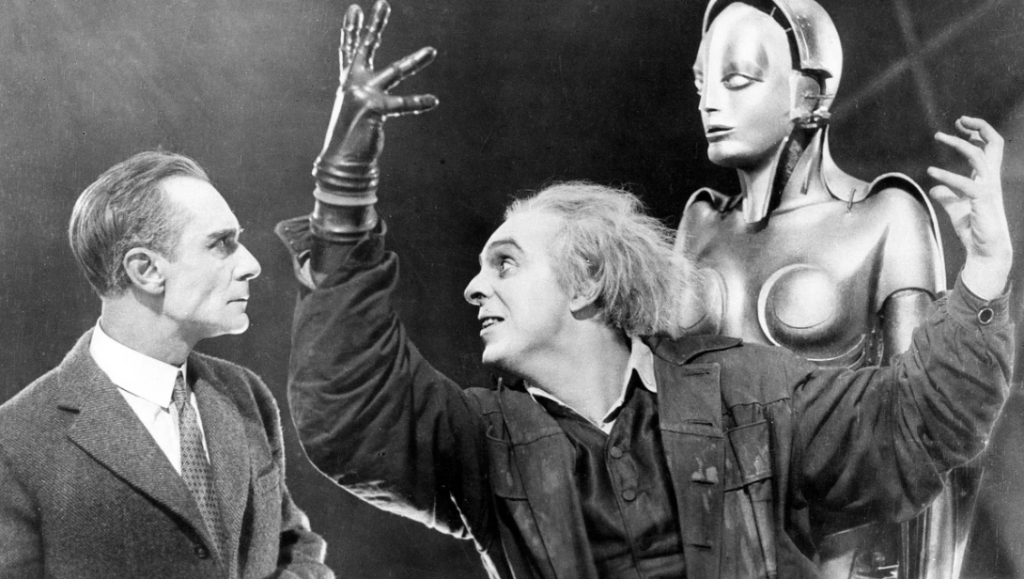
The OG Mad Scientist
1928
Just a year after the first movie with sound, the very first commercial black and white (mechanical) television sets are sold in the US in 1928, originally called “Radiovision”!
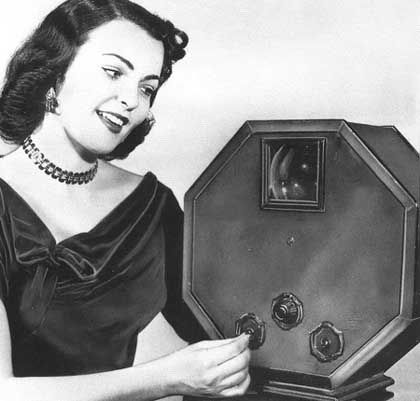
There were a number of competing TV designs throughout the 30’s, but following WWII, the electronic black and white CRT (cathode-ray-tube) TV’s became standard, and started to catch on with the American public throughout the 1950’s.
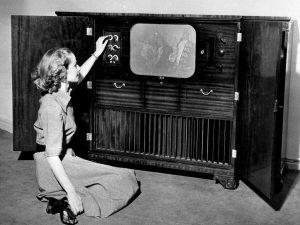
1936
British mathematician Alan Turing created the Turing Machine in 1936, this “Calculation Machine” was an incredible piece of engineering and served as the prototype for the modern computer!
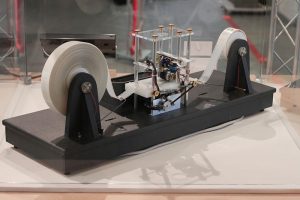
The original “Turing Machine”
During WWII, Turing worked as a code-breaker for the Allied Forces against the Nazis, eventually breaking the Enigma Code using his intellect, and a large Polish electromechanical device called the “Bomba” cipher, which lead to allied victories during the Battle of the Atlantic! Tragically, despite being a war hero and genius inventor, the grandfather of the modern computer was chemically castrated in 1952 – for being gay, eventually leading to his suicide in 1954.
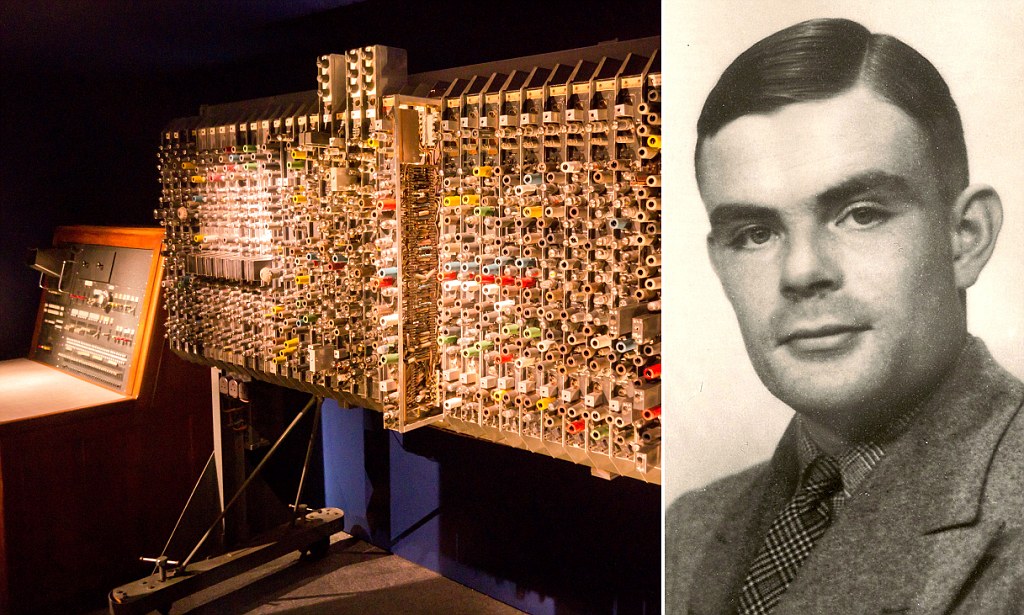
Alan Turing didn’t just invent the concept of a CPU, he laid the foundation for our entire digital era, and even predicted the advent of Artificial Intelligence! In fact, he created “the Turing Test” – a theoretical way to determine whether an A.I. was sentient or not. And while modern machine learning AI chatbots aren’t considered “conscious”, they have already been able to pass the Turing test!
To be continued…
ERIK SLADER
Next Time in Part 2: The Transistor, Microchips, and the Dawn of the Internet!
For more on the History and Future of A.I. – listen to Episode 33 of the Epik Fails of History podcast! (click here to check out some A.I. History Art we made for the episode!) Also, be sure to check out my other articles: 10 Accidental Inventions and Discoveries (Part 1 of 2), 15 Early (Failed) Attempts at Flight – Before the Wright Brothers, and 15 of the Most Infamous Cyber Heists!

